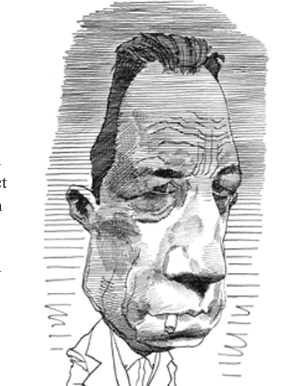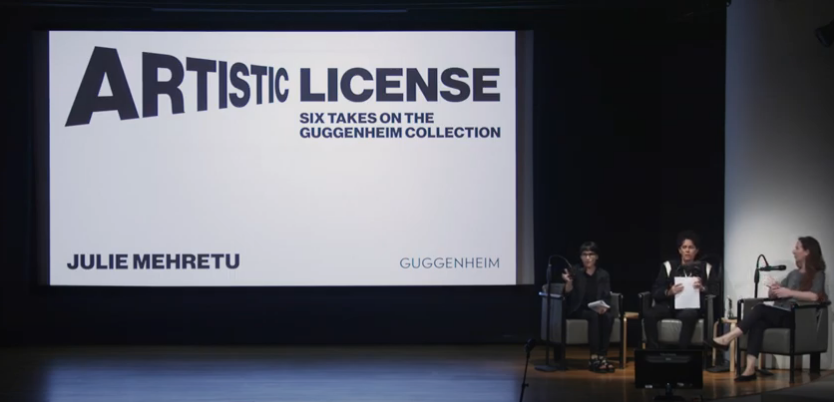With a new month upon us and many coming out of April in full social isolation mode, there has been more time to think about things beyond merely surviving and establishing basic routines. I know that as I white-knuckled through teaching the final weeks of my course online, invigilating exams, and then getting grading done, I didn’t really have much time to think beyond what had to be done each day. This probably goes for most of us, but it is worth really putting out there, as a collective realization hits that all is already forever changed. I found a bit more footing last week as I completed and put the finishing touches on a book chapter for which I had an extended deadline, and even then it was tough to find my groove and creativity and put all other things out of my mind to focus on analysis, footnoting, and fine editing. I felt like I was moving through thick mud for most of it, and every part of what I wrote was shaped by a persistent question of its relevance, of how the topic at hand really mattered, and for whom. I see this reflected now in so much of the contemplative editorials, writings, and think pieces coming out of the art world, and academia in particular.
Here’s the thing—we are not going back to the way things were in academia. Not even close to it. And if there is one thing I would urge those thinking about a future in academia to consider, it would be to have a carefully honed Plan B. This was the message that struck me loud and clear this week as many are now assessing what the global pandemic will do to higher education, grad studies, and the all-important job market. To put it into perspective, before the pandemic, the running statistic was that 20-25% of university faculty on average in North American universities were full-time employees. That means upwards of 75-80% of university faculty were contingent and/or part-time. This statistic has only been getting worse since the 2008 economic downturn. I have lived this personally, as I graduated with my Ph.D. into that same 2008-2009 job market year and had more than one job offer evaporate from US schools (even after campus visits and final shortlisting). This left me “out in the wilderness” for several years, and I had to do a postdoc, a visiting position, and wait as I took on sessional work before landing my current position—a position in which I feel survivor guilt every day as I watch many talented Ph.Ds see their dreams of research and teaching dashed. I also don’t take my job for granted, imperfect as it sometimes is, and seeing the numbers of laid off, and struggling universities already declaring bankruptcy in the US, I have been thinking about my own Plan B. We all should.
These stories need to be told, and I was warned back as a graduate student of the slim chances to find work as a traditional academic, and so I hope those students contemplating grad school today have their eyes wide open as we enter into what looks like a devastating global economic recession. Please have a listen to the podcast I listed below around the already collapsing academic job market, and read through the article related to entering academia during this time. The silver lining is that a solid Plan B can end up providing an even better and more recession proof future (see the story about Smarthistory founders in my links as case in point). Saying the quiet part out loud, especially as we head into such an unknown future, is something more of us in academia need to do for ourselves, our students, and for the future of the professoriate.
A few more things…. BEFORE THE ROUND UP
I’ve been enjoying the first two episodes of Ryan Murphy’s Hollywood on Netflix… highly recommended to all the cinephiles out there, and a nice watch if you have taken my ARTH 1130 course or any history of film classes
Historian that I am, I find comfort in accounts of past events that have a bearing on today. As such, I am now reading a second book on the 1918 flu pandemic, John Barry’s The Great Influenza. It is very detailed and more North American centric and science history focused than the first one I devoured the week I went into quarantine, the more globally contextualized and narrative based Pale Rider: The Spanish Flu of 1981 and How It Changed the World by Laura Spinney. Both are compelling and eye-opening reads.
And finally, an excellent follow on Instagram during these times is Hans Ulrich Obrist, the Artistic Director of Serpentine Galleries, London. His “Do It” conceptual and Fluxus inspired art posts are though-provoking and remind us of art’s long engagement with the concerns of the everyday.










Preparing for the Academic Job Market in an Economic Recession
Mail Art, a Charming Trend That Hasn’t Been Big Since the ’60s, Is Having a Big Renaissance
Women academics seem to be submitting fewer papers during coronavirus.
To Survive the Challenges Ahead, Cultural Institutions Will Need to Redefine the Value of Art

